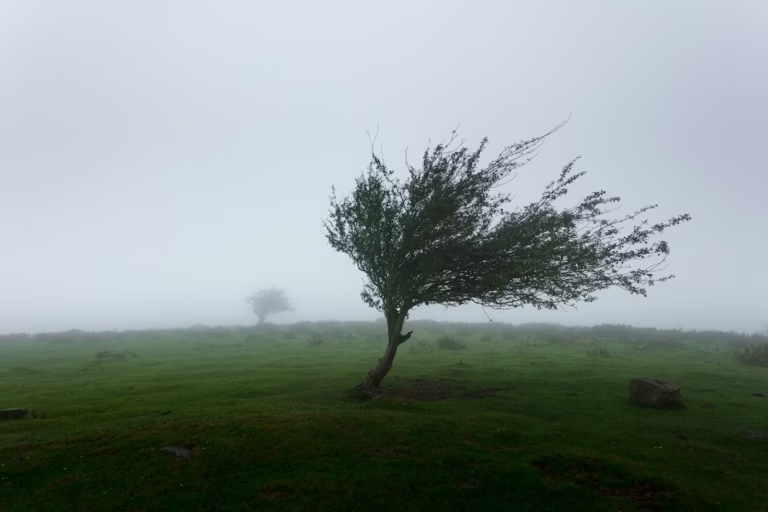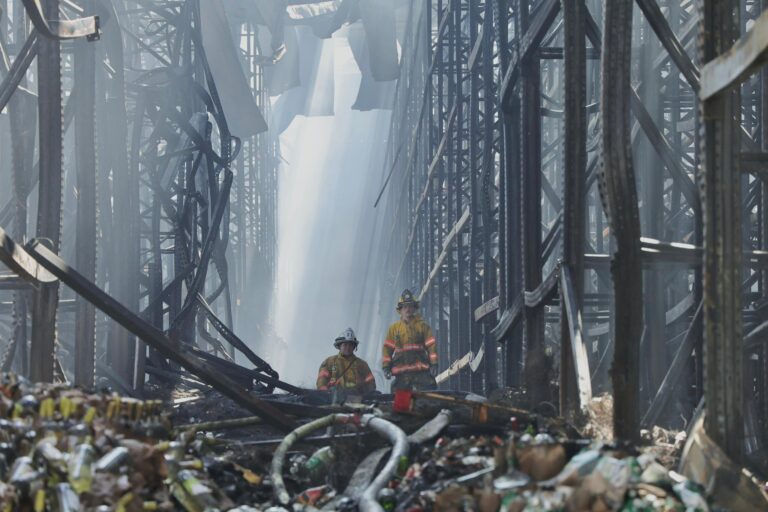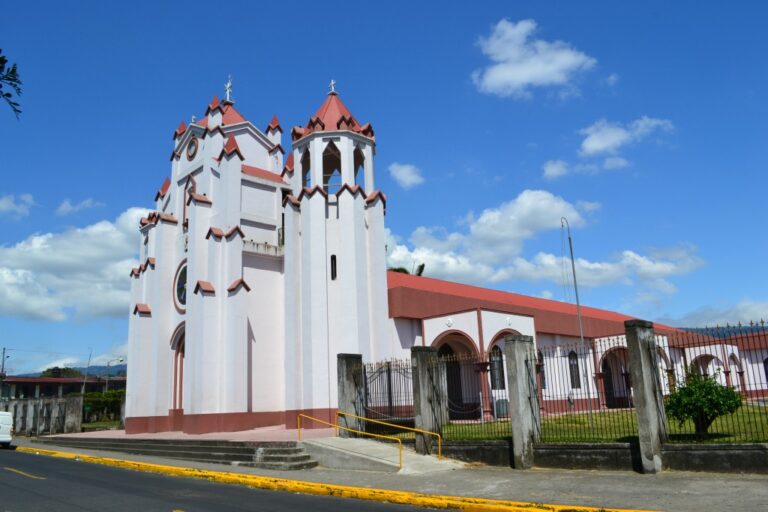Poás Volcano National Park remains closed to the public since Monday, April 8, 2025, following two explosive eruptions that occurred within a few hours. The measure was taken by the National System of Conservation Areas (SINAC) as part of the safety protocol in response to intensified volcanic activity in the area.
The eruptions, classified as phreatic, occurred at 6:49 a.m. and 10:33 a.m., according to reports from the Volcanological and Seismological Observatory of Costa Rica (OVSICORI-UNA). The ash columns reached heights of up to 1,500 meters above the active crater, with visible dispersion toward nearby areas such as Grecia, Sarchí, and surrounding zones.
What are phreatic eruptions?
Phreatic eruptions, like the ones currently occurring at Poás, happen when groundwater comes into contact with hot magma or volcanic rocks at high temperatures. This contact causes a sudden expansion of steam, which leads to explosions without necessarily involving new magmatic material. They are difficult to predict, as they do not always show prior seismic signals, and can be highly dangerous due to the violent ejection of gases, ash, and rocks.
Increased activity since January
Since January of this year, OVSICORI has observed an upward trend in volcanic activity at Poás. This includes continuous emissions of gases such as sulfur dioxide (SO₂), steam, and ash. The pattern observed in recent weeks suggests persistent and fluctuating behavior, typical of volcanic systems with unstable internal pressures.
Scientists have also detected an increase in the temperature of fumaroles and variations in local seismicity, indicating active hydrothermal dynamics in the volcanic system.
Park closure and alert level
SINAC has decided to close Poás Volcano National Park indefinitely as a preventive measure. This decision is coordinated with the National Emergency Commission (CNE), which maintains an orange alert for the park and the Toro Amarillo district in Sarchí.
Access to the main crater, viewpoints, and trails is completely restricted, and authorities warn about the risks of entering through unofficial routes, such as rural roads or informal paths. In addition to geological hazards, entering a protected area illegally is punishable under Costa Rica’s Forestry Law (Law 7575).
Health and agricultural risks
The release of volcanic gases, especially sulfur dioxide, poses a risk to human health. The Ministry of Health has recommended that nearby residents use N95 masks, protect their eyes, and avoid prolonged outdoor exposure. Commonly reported symptoms include eye irritation, coughing, sore throat, and difficulty breathing.
Meanwhile, the Ministry of Agriculture and Livestock (MAG) has been monitoring possible effects of acid rain on crops and soils in nearby agricultural areas, particularly in coffee and vegetable-producing communities.
An impact on tourism as well
The new closure of Poás represents a heavy blow for local economies that rely on ecotourism. Hotels, tour guides, restaurants, and transportation providers in the area report an immediate drop in visits, especially as this is one of the most visited national parks in the country.
However, authorities urge tourists not to cancel their trips to Costa Rica, but rather to redirect their plans toward other equally safe and natural destinations, such as Irazú Volcano National Park, Monteverde, or Rincón de la Vieja National Park.
What to expect in the coming days?
OVSICORI will continue its daily monitoring through seismic stations, thermal cameras, and gas sensors. Although there is currently no evidence of new magma rising, the erratic behavior of the hydrothermal system suggests that phreatic eruptions could recur in the coming days or weeks.
The park’s reopening will depend on a sustained reduction in volcanic activity, along with safe conditions for visitors and SINAC staff.
The recent eruptive activity of Poás Volcano confirms the unpredictable nature of active volcanic systems and the need for constant vigilance. In the meantime, the park’s closure remains a key preventive measure to protect both the population and visitors, in a context where nature imposes its own rhythms and warnings.


















